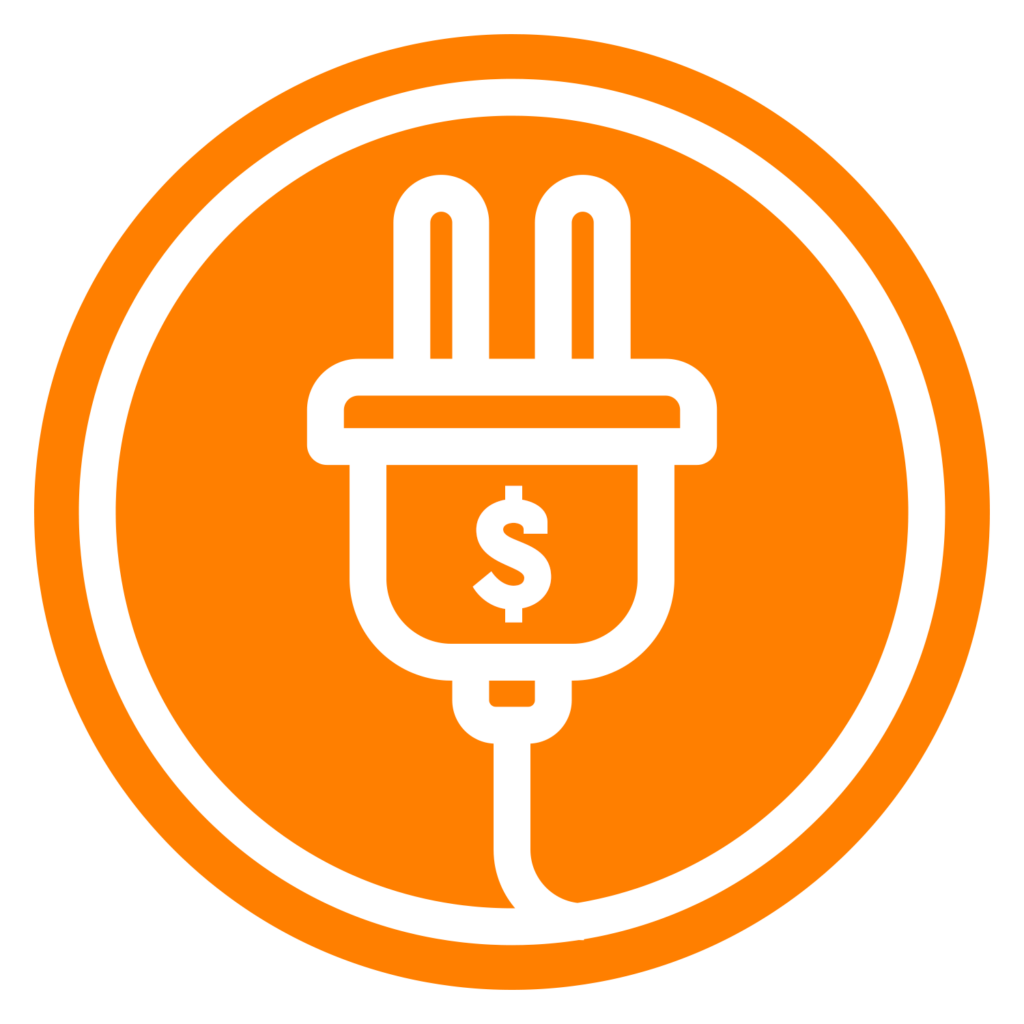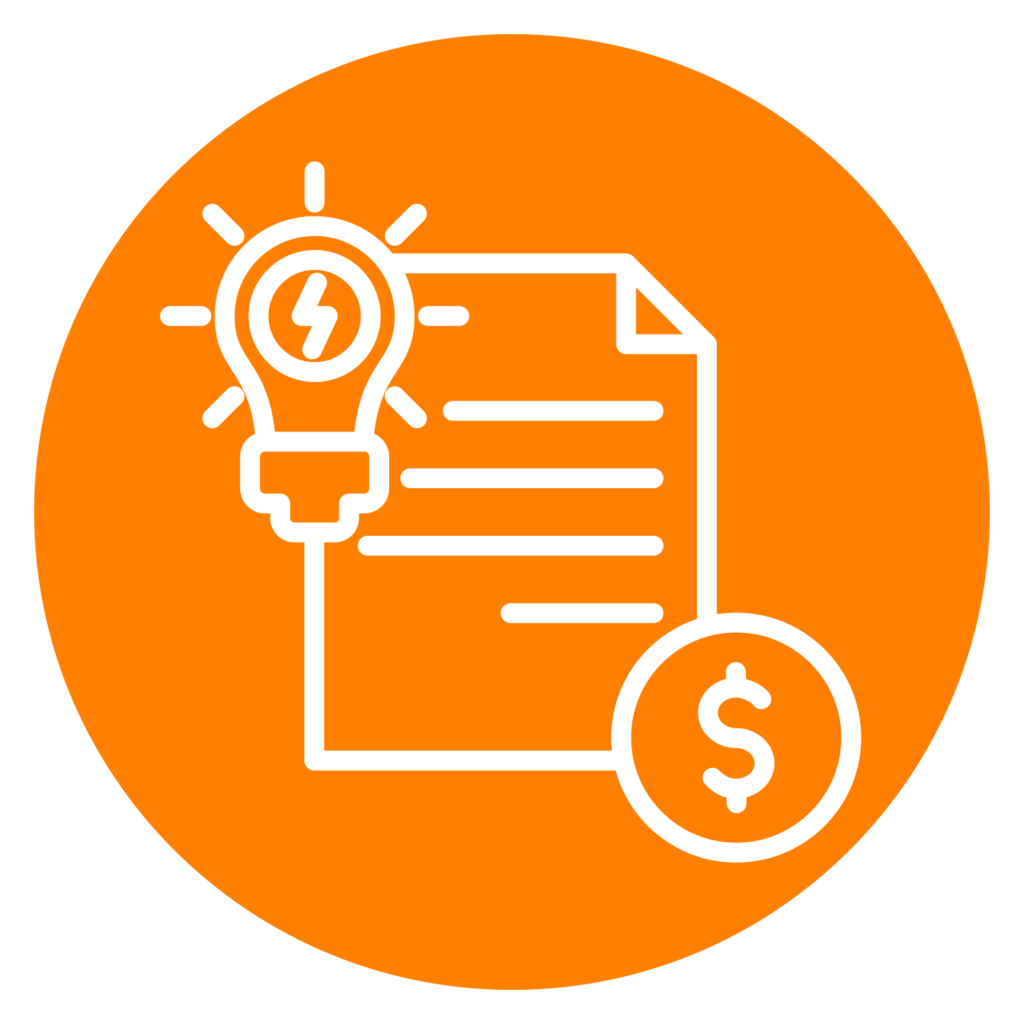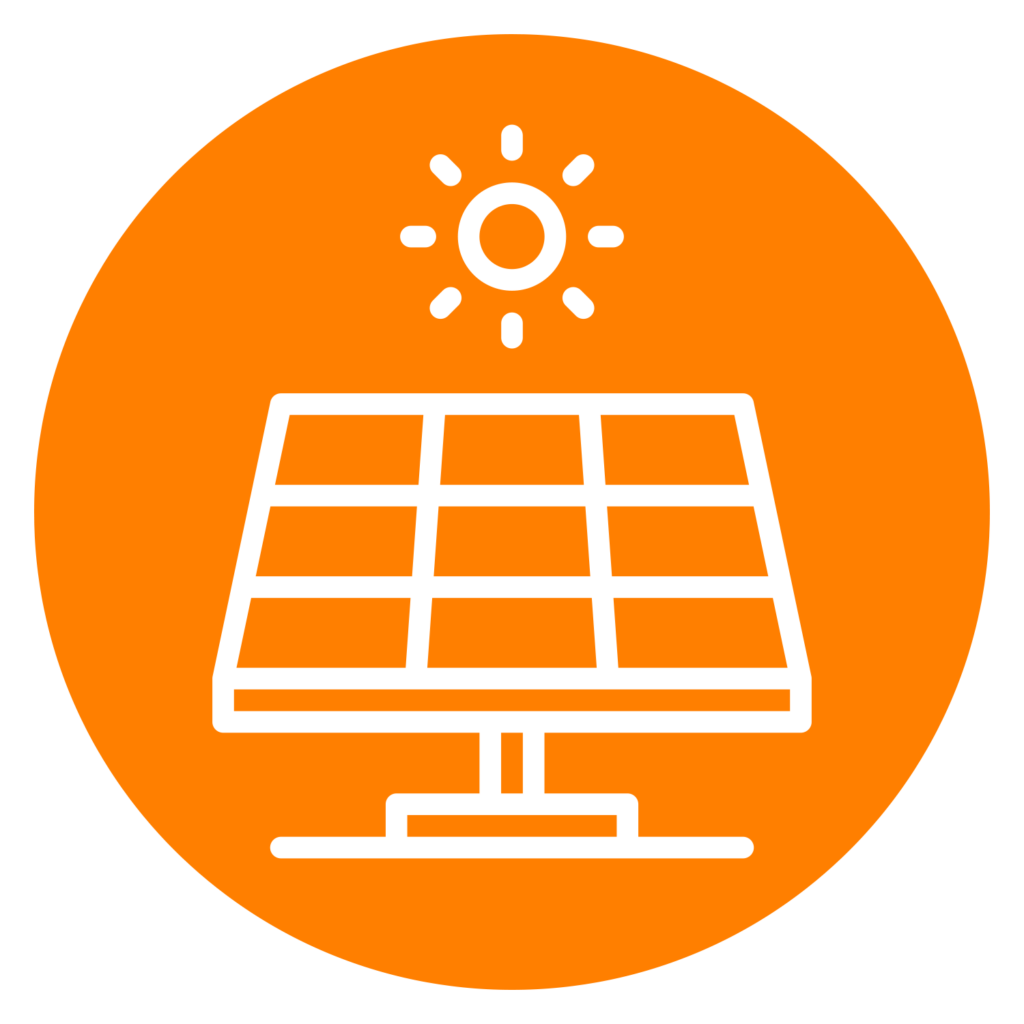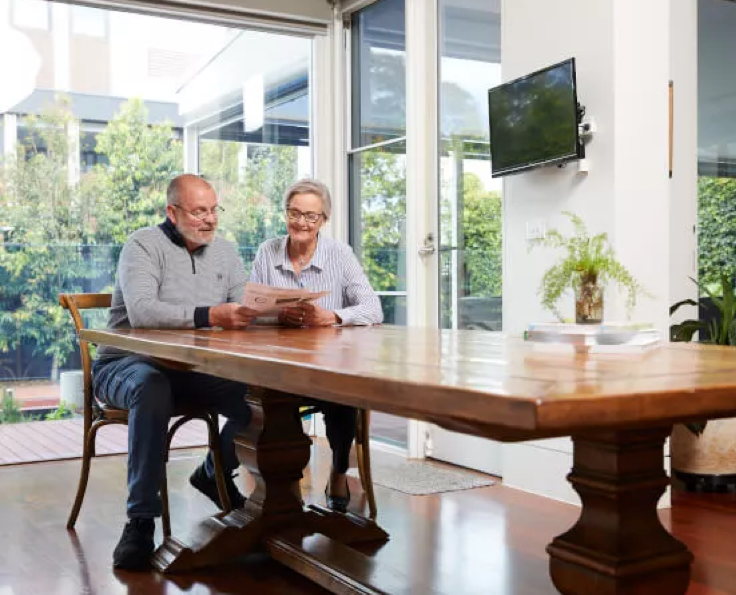Comparing Electricity Providers in South Australia
Comparing Electricity Providers in South Australia
Compare Electricity & Gas Plans
Save time and effort by comparing a range of energy plans with iSelect
Who are some of SA’s Electricity Providers?
How does the electricity market work in SA?
How much does electricity cost in SA?
What should I keep in mind when comparing SA Electricity Providers?
What rebates and concessions apply in SA?
What does the future of electricity prices look like in SA?
How can iSelect help you compare Electricity Providers?
Who are some of SA’s Electricity Providers?
With 1.8 million people calling South Australia home as of the 2021 Census,1Australian Bureau of Statistics – Snapshot of South Australia it’s a lot of people needing electricity. Luckily, there’s a few different Electricity Retailers to choose from in SA. iSelect can help you compare a selection of offers from:*
- AGL
- EnergyAustralia
- Lumo
- Origin
- Simply Energy
While these companies may sell you electricity — and some even generate it — there’s a few other key players to be aware of: the distributors. Distributors, like SA Power Networks,2Australian Energy Regulator – South Australia are in charge of the infrastructure which allows your house to get electricity. You don’t need to pay your distributor directly though — the retail electricity price you pay covers their fees. Besides, who wants to be dealing with more bills?
How does the electricity market work in SA?
South Australia’s electricity market has deregulated retail pricing. As a result, Electricity Retailers can decide what they want to charge for their plans. Keep in mind that they don’t want to price themselves out of the competition which means there could be some serious savings for you to get your hands on.
At the same time though, you can also choose to go with regulated pricing through the Default Market Offer (DMO). Set by the Australian Energy Regulator, the DMO is a fair price but not necessarily the cheapest. You might see it called a standing offer contract although you’re welcome to sign up for one sitting down.
Whether you choose a market or standing offer is up to you (and depending on what’s available in your area).
How much does electricity cost in SA?
Since Electricity Retailers can set their own market offer pricing, the DMO isn’t a perfect measure of SA electricity prices. However, it can give you an idea of what to expect, as well as suggest if prices are trending up or down.
Source: Australian Energy Regulator3Government of South Australia – Energy bill concessions, 4Government of South Australia – Energy bill relief, 5Government of South Australia – Cost of living concession, 6Australian Energy Market Operator – Quarterly Energy Dynamics Q3 2023, p14, 7As above, p12
What should I keep in mind when comparing SA Electricity Providers?
Finding a new Electricity Provider is like dating. That first date might leave you thinking you’re a match made in heaven, but once the honeymoon period is over you realise you aren’t getting the happily ever after you were hoping for. So, before you say yes, it could be worth learning how to take those rose-tinted glasses off to really get to know an Electricity Provider and what they’re offering.

Electricity rates
Your rates are like the price tags on your electricity. You’ll usually have a fixed amount you get charged every day (known as a supply charge) and a usage charge based on how much electricity you use. Understanding your current rates can help you look for a plan that offers better value.

Tariff types
Your tariffs can affect your usage charge rates. For instance, time-of-use tariffs come with different rates depending on when you use electricity. In peak times, like in the early evening, the rates might be higher because that’s when lots of people are using electricity compared to late at night when most people are in bed. There’s also demand tariffs that factor in how intensely you use electricity along with how much you use, like if you’re spring cleaning and running the dishwasher, washing machine and vacuum all at once. So, it can help to pay attention to what tariffs are on an Electricity Plan and to think about if they could work for you.

Fees
Depending on the Electricity Retailer, a variety of fees might turn up on your next bill. These can be fees for late payments or getting a paper bill right through to disconnection and reconnection fees. Fees likely won’t be on every electricity bill you get, but they can certainly add up over time.

Discounts
While your Electricity Retailer may not have as many nor as frequent discounts as your local rug store, they can be worth casting an eye over. Just be careful to get the full story on any electricity discounts, particularly the conditional kind. These actually require you to do something to get the discount, like paying by direct debit or on time. If you see discounts offered by a provider, think about if any attached conditions are achievable for you.

Solar feed-in tariffs
Solar isn’t just great for the planet; it can make a positive impact on your electricity bill too. The trick is in the feed-in tariffs offered by Electricity Retailers. These are the rates paid to you for selling excess solar-generated electricity to the grid — sort of like a reverse usage charge. A higher feed-in tariff can mean more credit for you, but it might also come bundled with higher usage charges. Additionally, you might find you get more value from your solar system by using as much of the electricity you generate as possible. It’s up to you though if feed-in tariffs are a clincher for your next Electricity Plan.
Quick Tip
Getting the most out of solar energy doesn’t simply mean installing a few panels. South Australians should face their solar panels to the north for maximum exposure to the sun. Adjusting the panels so they’re tilted can also help them soak up those sweet UV rays. And seeking out a renewable energy consultant doesn’t hurt either! The right expert can even help you tailor your solar panels to South Australia’s specific sun patterns.
What rebates and concessions apply in SA?
While a great Electricity Plan can help you save, you could be saving even more on your electricity bill if you’re eligible for a rebate or concession. In SA, there’s a few to watch out for, including:
- Low or fixed income concession: If you hold certain concession cards or receive particular Centrelink payments, you could get up to $263.15 covered on your energy bills, including electricity, in 2023–248Government of South Australia – Energy bill concessions
- Energy bill relief rebate: If you’re eligible for the low or fixed income concession, you can also get the 2023–24 rebate for up to $500 off your electricity bill9Government of South Australia – Energy bill relief
- Cost of living concession: Designed to help manage your general living expenses if you’re on a low or fixed income, you could receive up to $243.90 to use on things like your electricity bill, council rates and medical expenses10Government of South Australia – Cost of living concession
What does the future of electricity prices look like in SA?
When you’re predicting electricity prices, there’s no such thing as a guarantee (otherwise, we probably wouldn’t have had to deal with the 2022 energy crisis). However, you can look for positive signs to hitch a little hope to.
Dropping wholesale prices
Despite having some price volatility thanks to planned line outages,11Australian Energy Market Operator – Quarterly Energy Dynamics Q3 2023, p14 SA managed a 60% drop on average wholesale prices for the September 2023 quarter compared to 12 months earlier.12As above, p12 Given that wholesale prices make up about a third of your bill, this could be the start of the trend that has your electricity bill go down.13The Guardian – Hope for power bill relief as eastern Australia’s wholesale electricity price tumbles
Renewables meeting more demand
In that September 2023 quarter too, SA had the highest level of negative wholesale price occurrence for the National Energy Market. In non-tech speak, that’s less demand for electricity from the market because there’s lots of solar installed around the state.14Australian Energy Market Operator – Quarterly Energy Dynamics Q3 2023, p15 In fact, on the 1st of October 2023, rooftop solar met 99.7% of total electricity demand in the state from 1:00 to 1:30pm.15The Guardian – Hope for power bill relief as eastern Australia’s wholesale electricity price tumbles Sure, maybe everyone was having a cheeky siesta in the sun but that would be a record in itself too!
More renewables on the way
When it comes to renewable electricity generation, the state is aiming for 100% net renewables come 2030. It makes sense given SA has one of the best climates for solar, plus an impressive renewable energy generation setup already boasting multiple solar and wind farms with grid-scale batteries to store all that electricity for rainy or calm days.16Department of Energy & Mining – Leading the green economy With more renewables powering the grid, we could expect to see demand for other electricity sources continuing to drop along with those wholesale prices.
How can iSelect help you compare Electricity Providers?
If the thought of comparing Electricity Providers on your own is leaving you feeling bluer than Mount Gambier’s Blue Lake, we’re here to turn things around. Our online comparison tool can have you comparing a range of Electricity Providers and Plans in a matter of minutes.* Alternatively, feel free to call our friendly team on 13 19 20 who’ll be happy to take you through your comparison.

Get started on comparing energy plans today!
Save time and effort by comparing a range of energy plans with iSelect
iSelect does not compare all energy providers or plans in the market. The availability of plans may change from time to time, depending on who iSelect’s providers are and what plans they make available to iSelect. Not all plans made available from iSelect providers may be compared by iSelect either due to commercial arrangements, area or availability, so not all plans or providers compared by iSelect will be available to all customers. Some plans and special offers are available only from iSelect’s contact centre or website. Energy plans are available only for properties located in eligible areas of Victoria, New South Wales, South East Queensland, South Australia and ACT. Click here to view iSelect’s range of providers.
We'd love to know what you think of our website so we can improve it!
- 1.Australian Bureau of Statistics – Snapshot of South Australia
- 2.Australian Energy Regulator – South Australia
- 3.Government of South Australia – Energy bill concessions
- 4.Government of South Australia – Energy bill relief
- 5.Government of South Australia – Cost of living concession
- 6.Australian Energy Market Operator – Quarterly Energy Dynamics Q3 2023, p14
- 7.As above, p12
- 8.Government of South Australia – Energy bill concessions
- 9.Government of South Australia – Energy bill relief
- 10.Government of South Australia – Cost of living concession
- 11.Australian Energy Market Operator – Quarterly Energy Dynamics Q3 2023, p14
- 12.As above, p12
- 13.
- 14.Australian Energy Market Operator – Quarterly Energy Dynamics Q3 2023, p15
- 15.
- 16.Department of Energy & Mining – Leading the green economy

.svg)





